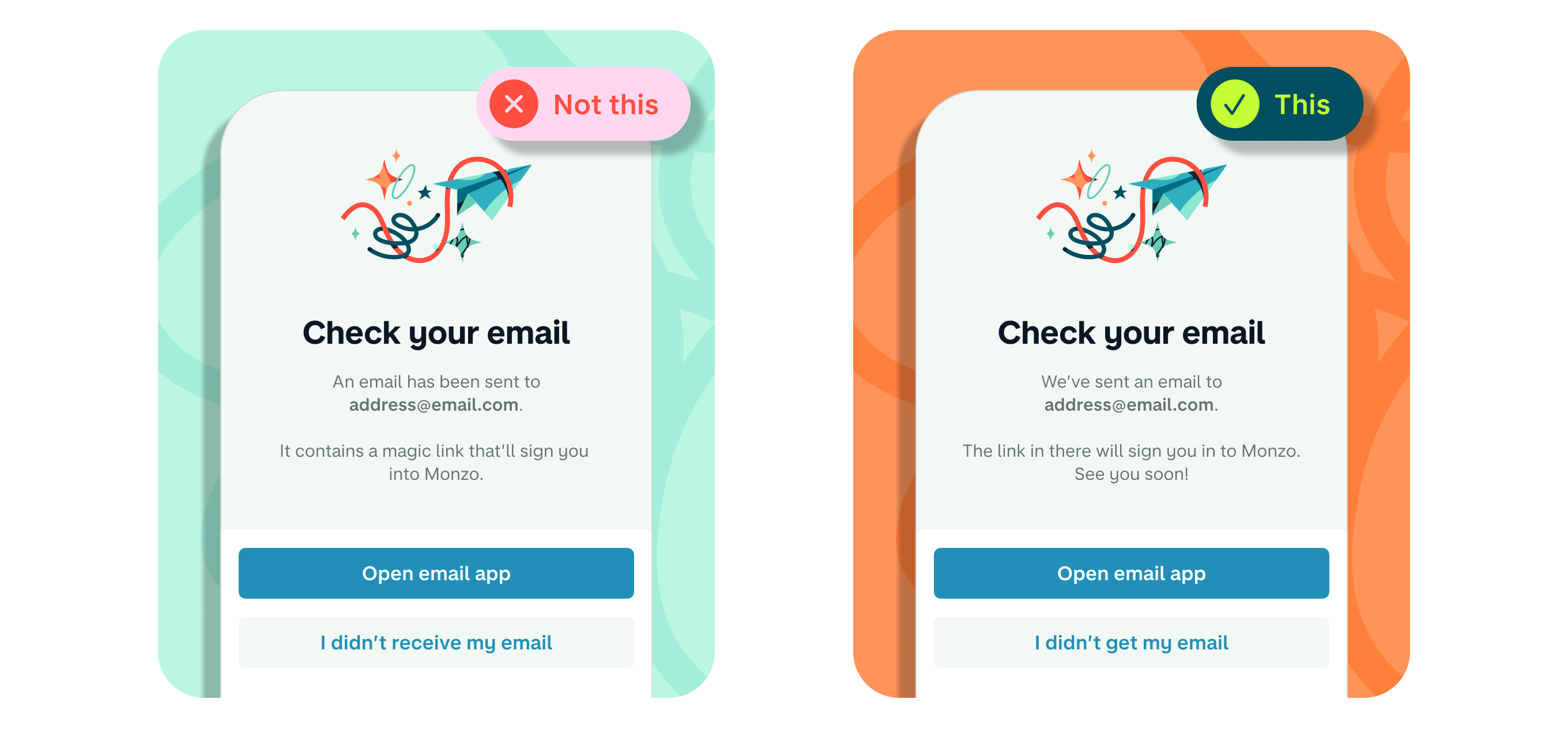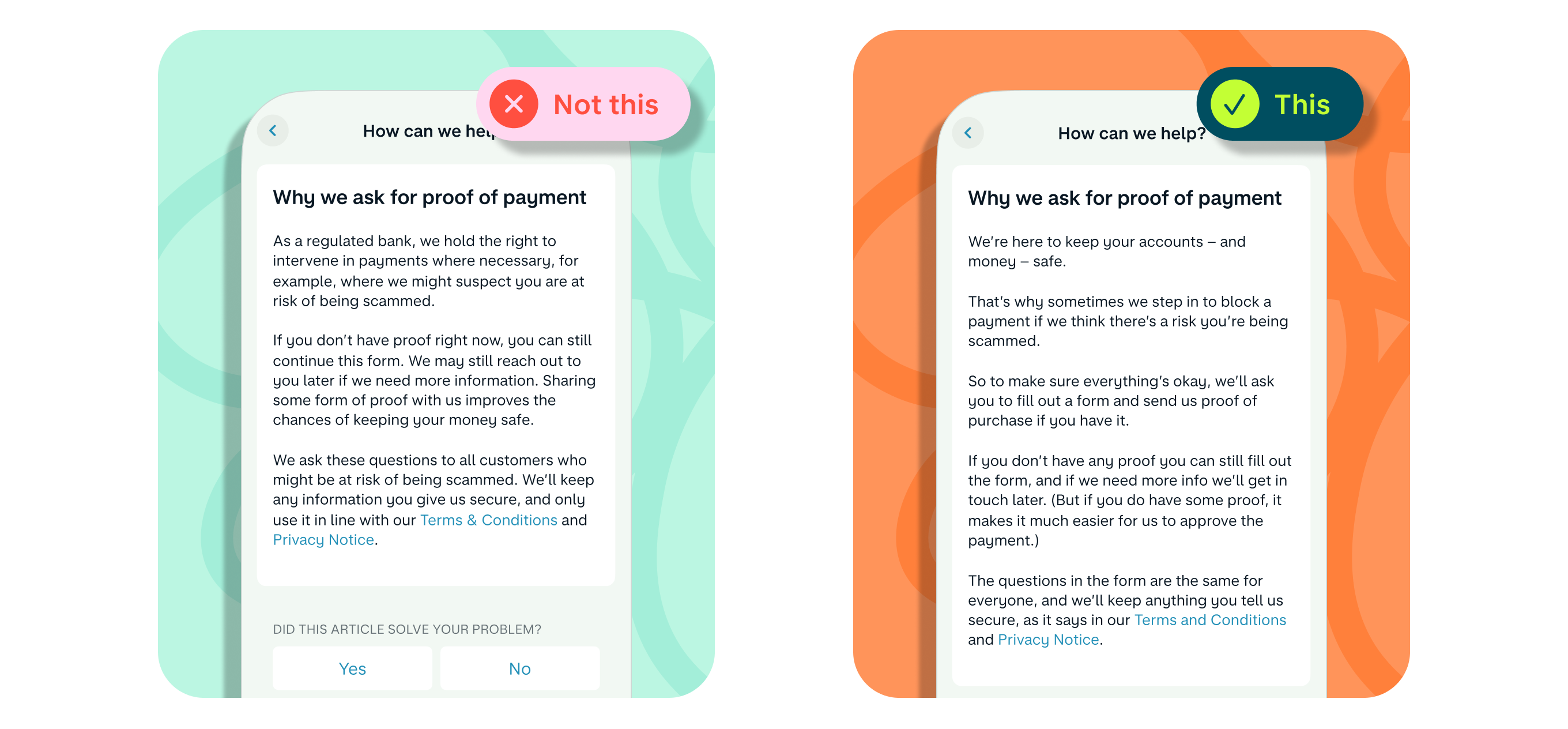Labels matter more than you think
As an example, it’s pretty common in tech to use the terms ‘blacklist’ and ‘whitelist’, which is an idea rooted in racism – that white is superior to black. (We use ‘blocklist’ and ‘allowlist’ instead.)
It might seem pedantic to care about whether we occasionally say ‘blacklist’ or ‘blocklist’, but how we label things really matters. Psychologist Lera Boroditsky ran an experiment in 2009 that makes this point really well.
She told two groups of people that they were in charge of reducing crime in the fictional city of Addison. The scenarios were identical in every way except one: she told one group that crime was ‘preying on the city like a beast', and the other group that crime was ‘spreading through the city like a virus'.
The group who were given the beast ‘frame' were much more likely to propose things like more police and tougher sentencing. The group with the virus frame were much more likely to suggest social reform and education. People wanted to fight the beast, but they wanted to treat the virus.



























